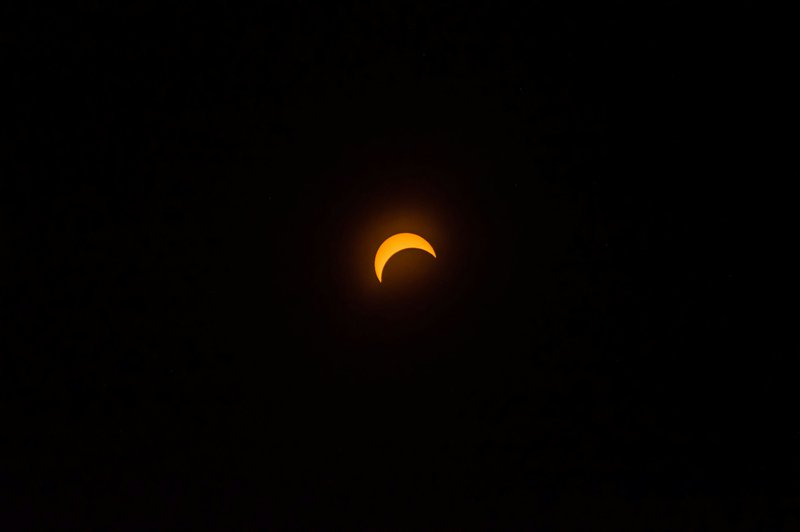
- Exploring the celestial mechanics behind solar eclipses
- Unveiling the significance of solar eclipses in various cultures
- Providing insights into how to safely observe a solar eclipse
Introduction to Solar Eclipses
- Defining what a solar eclipse is and its types: partial, total, and annular.
- Explaining the alignment of the Sun, Moon, and Earth that makes an eclipse possible.
- Highlighting the rarity and predictability of solar eclipses.
The Science Behind Solar Eclipses
- Discussing the orbits of the Earth around the Sun and the Moon around Earth.
- Explaining why solar eclipses do not occur every new moon due to the inclination of the Moon's orbit.
- Describing how scientists use principles of orbital mechanics to predict eclipses years in advance.
Cultural Significance of Solar Eclipses
- Examining historical interpretations and myths associated with solar eclipses across different cultures.
- Highlighting how ancient civilizations used solar eclipses to develop early astronomical knowledge.
- Discussing modern-day public interest and communal activities surrounding eclipse viewing.
Safe Observation Practices
- Detailing methods to observe a solar eclipse without causing eye damage, including special glasses and pinhole projectors.
- Warning against unsafe practices that can lead to serious eye injuries.
- Encouraging participation in community events for a safer collective viewing experience.
Conclusion
- Solar eclipses are fascinating celestial events caused by precise alignments in our solar system.
- They hold significant cultural importance and have contributed to our understanding of astronomy throughout history.
- Observing a solar eclipse requires following specific safety guidelines to prevent eye damage.
by
Tags:
This site is registered on wpml.org as a development site. Switch to a production site key to remove this banner.